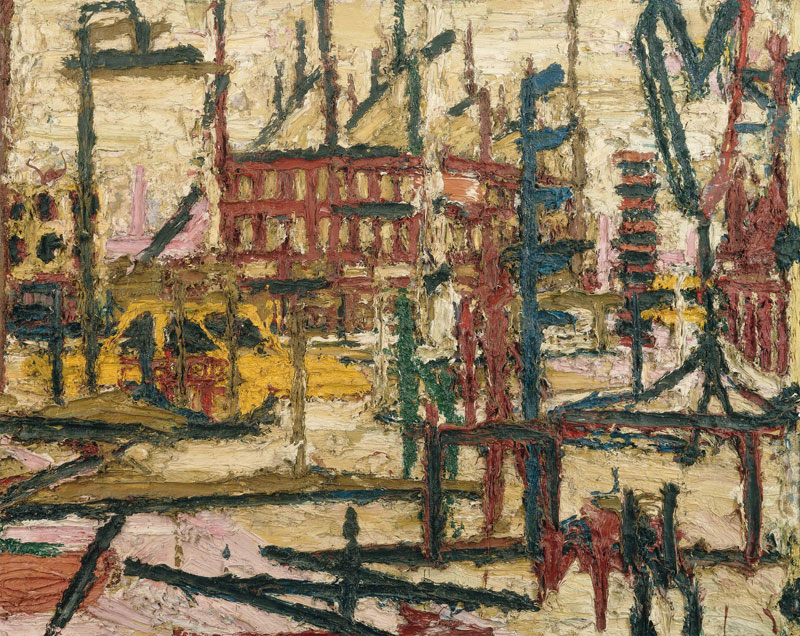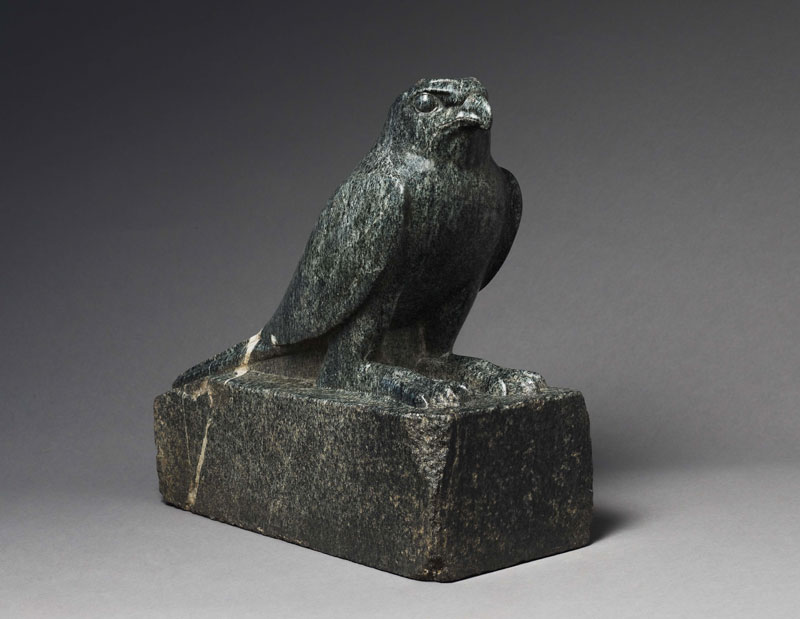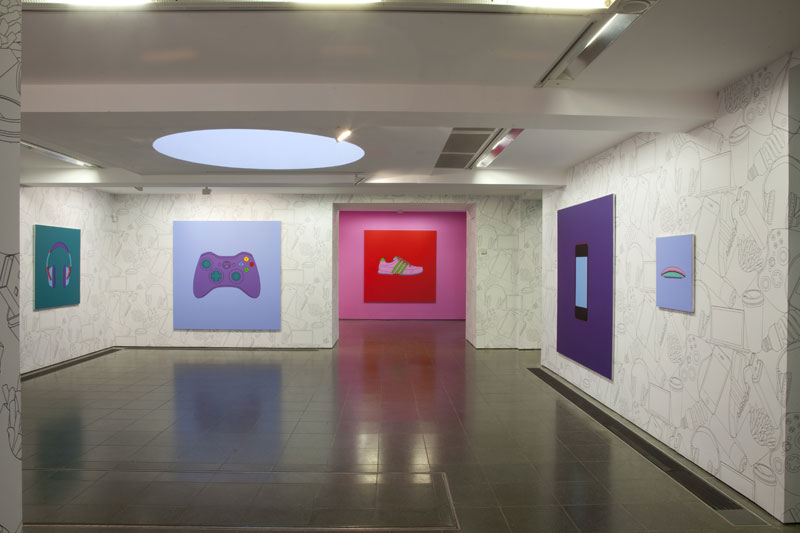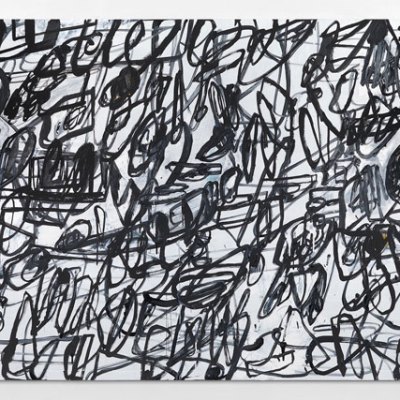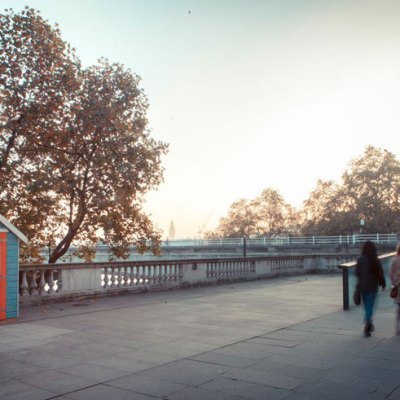How do you solve a problem like consensus? If an artist is universally lauded, what are we to make of dissent? If, say, you tried to claim Leonardo was a rubbish draughtsman on academic grounds, rather than on personal preference, you’d doubtless come off looking a fool. But what of living artists? Is it acceptable to lay into an octogenarian (or indeed nonagenarian) painter who has long been a ‘national treasure’?
Just the other day, a friend of mine – a former Impressionist & Modern expert, no less – texted me taking issue with something gushing I wrote about the Frank Auerbach show at Tate Britain.
‘Those oils did nothing for me’, she wrote, ‘it was completely uninspiring’.
Disagree though I must, I found this seriously exciting. I have never heard anyone speak ill of Auerbach – AKA ‘Britain’s Greatest Living Artist’. This was dynamite.
Auerbach is an ‘untouchable’, albeit a worthy one. I can think of only a few more who’ve attained this holy among holies of critical ranking. Leon Kossoff might be one, and holding up the cause of youth at a mere 74, Michael Craig-Martin (who we’ll get back to presently) another. As a Daily Telegraph review earlier this year proved, even Hockney isn’t immune to critical flak.
The only other ‘national treasure’ I can summon up of whom one cannot speak ill is Peter Blake. Ever since the first time I saw the cover of the Beatles’ ‘Sergeant Pepper’ LP, I have disliked Blake’s work intensely. It is twee, it is parochial, it is (a criticism unfairly levelled at Hockney) nauseatingly cheerful.
Blake has a show on at Waddington Custot galleries (until 30 January). I saw it and was all prepared to go in with both barrels. Alas, I lack my Auerbach-phobic friend’s tenacity. In part out of respect to the late Leslie Waddington, but more from my fear of getting lynched the next time I go into Mayfair, I’m going to hold back. You can’t be rude about Peter Blake. So I won’t be.
◎
I’ve had a funny old time at art openings of late. I went to Marlborough Fine Art’s launch soiree for Allen Jones’s new show (until 23 January) and ended up in Paris the next day, almost without explanation. (As for the full story, I’m still a bit too traumatised to tell.) I did, however, have a moment to take notes.
I don’t understand Allen Jones, and I’m not entirely sure of my own reaction. On the one hand, he is an excellent painter and an instinctual draughtsman. On the other, I just don’t get why he persists in giving fuel to his critics. You could argue that his fetishistic sculptures are ironic, taboo breaking works. I don’t buy it.
I don’t want to get into an argument about feminism, or about where to draw the line with taste – because taste is the enemy of art, right? – but I will say this: a lot of this stuff is just plain naff.
◎
Somewhat incredibly given the rents, Mayfair is still very much the centre of the London art world. Yet if you’re west of Davies Street, you might as well be in Reykjavik. Last December, a few of the galleries based beyond the somewhat arbitrary pale held a joint opening, and I went along. It was fantastic: antiquities of the sort you’d think couldn’t exist outside of national collections, religious paintings to give you the shivers and, at a level entirely more base, champagne.
At these places you know the work isn’t going to hang around. This might be the last chance to see this stuff, and even if you don’t have a hope in hell of ever being able to afford it, it is entirely worth it. I wasn’t going to turn this year’s invitation down, although this time I managed only three out of five – Kallos (14–16 Davies Street, W1), Daniel Katz and Ariadne Galleries (both 6 Hill Street, W1).
At all three, I got closer than I should ever have been allowed to treasures that beggar belief. You name it: statues, armour, amphorae, and an astonishing Kore I have written about before in this diary. All are currently on public view – and all should be seen by as many people as possible.
◎
To come back to Michael Craig-Martin, I very much enjoyed his show at the older Serpentine Gallery (until 14 February). Who wouldn’t? The apparent simplicity and fruity colours of his paintings appeal to the basest senses that art can. Or perhaps that’s just me.
I grew up reading Tintin comics, memorising the drawings and captions first in English, then in French. If that sounds like a slightly depressing way to spend your pre-teen years, let me assure you that I loved every speech bubble of it.
I guess it’s a somewhat fanciful parallel, but Herge’s ‘ligne claire’ style of illustration must have informed Craig-Martin’s work somehow. Herge’s lines are simple so as to be distinctive and easy to reproduce. Craig-Martin’s work can be read as a commentary on mass production and the ephemeral nature of the objects it gives us. The immediate appeal of both men’s work comes from the same place. Now that shows dedicated to both of them are taking place just a couple of miles from each other (‘TINTIN: Herge’s Masterpiece’ is at Somerset House until 31 January), we can compare and contrast directly. I strongly suggest you do.

